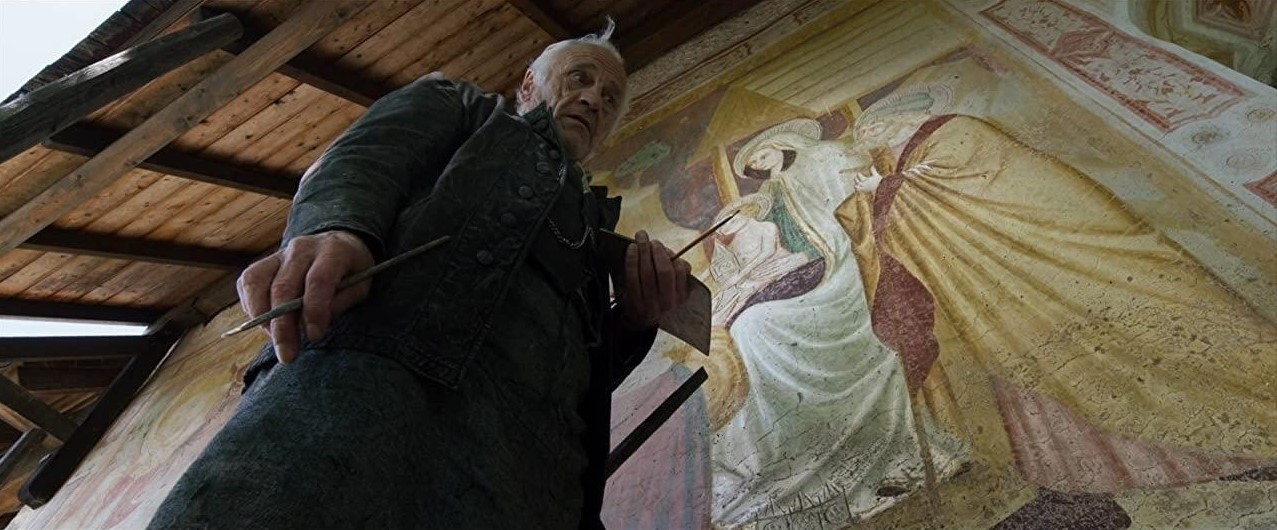April 2023
During Holy Week this year my wife and I re-watched one of my favorite movies, the sublime film A Hidden Life, directed by Terrence Malick. The movie tells the true story of Austrian farmer, Blessed Franz Jägerstätter, who faced the threat of imprisonment and execution for refusing to fight for the Nazis during World War II. If you haven’t watched it yet I highly recommend it.
One of the scenes depicts a conversation that Bl. Franz has with an iconographer who is re- painting and restoring the beautiful frescos on the walls and ceiling of their local Catholic Church. As Franz assists him with his supplies the painter says, “I paint the tombs of the prophets. I help people look up from those pews and dream. They look up and they imagine that if they lived back in Christ’s time they wouldn’t have done what the others did. They wouldn’t have murdered those whom they now adore. I paint all this suffering but I don’t suffer myself. I make a living of it.”
As he paints with beautiful pastels and embellishes with gold foil he reflects,
“What we do, is just create sympathy. We create …we create admirers. We don’t create followers. Christ’s life is a demand. You don’t want to be reminded of it. So we don’t have to see what happens to the truth. A darker time is coming when men will be more clever. They won’t fight the truth, they’ll just ignore it. I paint their comfortable Christ, with a halo over his head. How can I show what I haven’t lived? Someday I might have the courage to venture, not yet. Someday I’ll …I’ll paint the true Christ.”
It’s hard to hear these words and not be convicted. Even our own Lenten practices seem meager and inadequate in the face of true suffering. Maybe we walked the stations of the cross on a couple of Friday evenings and endured a few bland Filet-O-Fish sandwiches along the way. It’s certain that we griped endlessly about the coffee we gave up and the desserts we missed during the seemingly never-ending forty days while Lent ran it’s course. And truth? What is truth anyway? We try to convince ourselves that maybe Christ really did wear a comfortable halo and not a crown of thorns…
In the painter’s musings on the difference between admirers and followers there lurks an even more profound reality – unspoken and yet implicit in every frame of the scene. The challenge to not just follow Christ, but to ‘image’ Christ in every aspect of our life. For, “God created mankind in his image; and in the image of God he created them; …” As the painter (the iconographer) goes about his work, we realize that there is a subtext revealed to us in his restoration of the Church’s icons. In Greek the word ‘icon’ means image or resemblance; and it’s how our Eastern Orthodox brothers understand our role in the world. We were created to ‘image’ the divine, to make visible the invisible God in the material world. True, that image and likeness was distorted in the fall, but God’s very plan of salvation has to do with restoring that image so that once again we will properly display God’s glory.
In carrying out this plan of salvation the invisible God reveals His greatest masterwork, Jesus who is, “…the image of the invisible God, …” Just as the Son perfectly images the Father, so we too are called to image Him. Not as mere admirers, and not even as followers; but rather as those who have been reimagined, re-imaged as it were. Ultimately we are called to be living icons of the divine Son who has come into the world – to paint the true Christ by our very lives.

